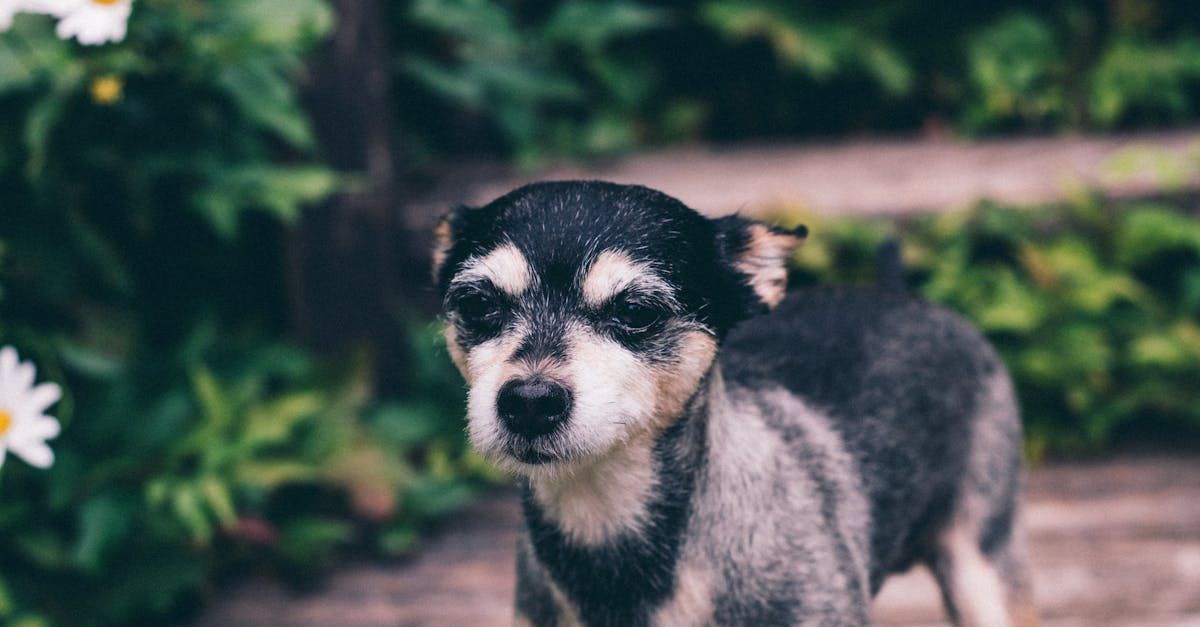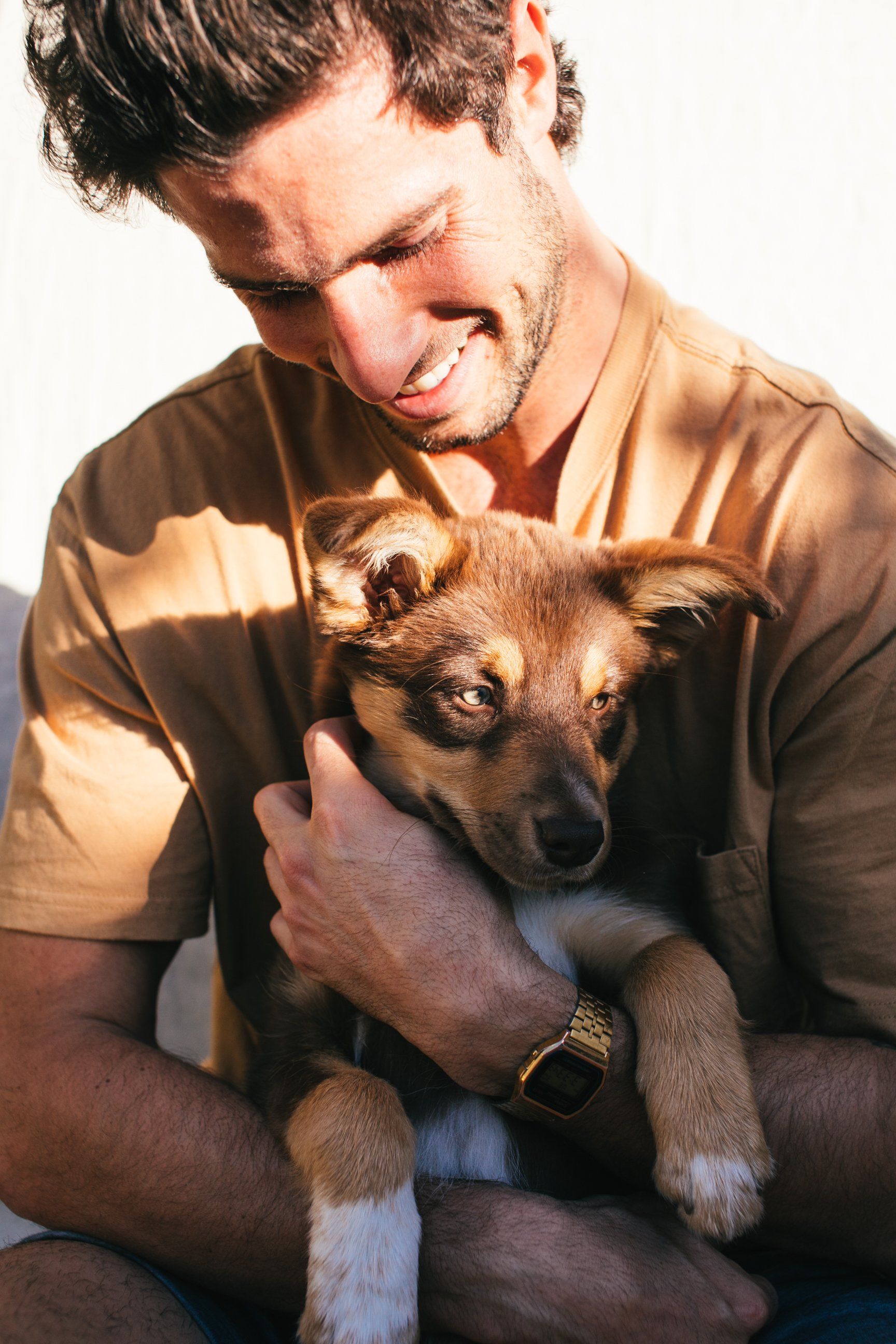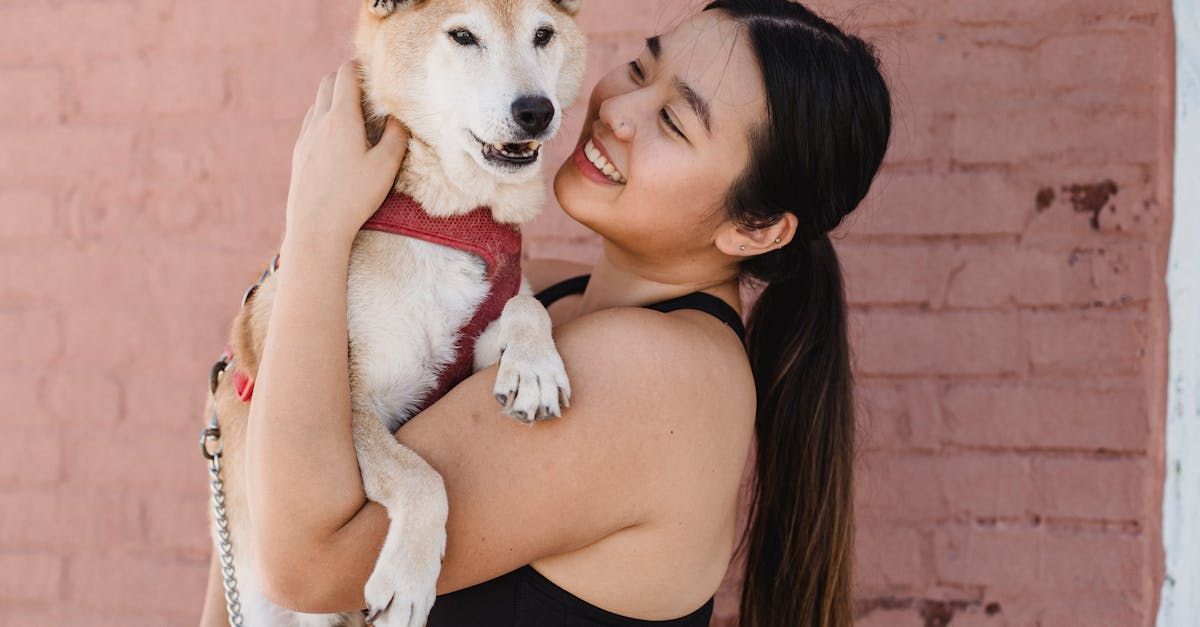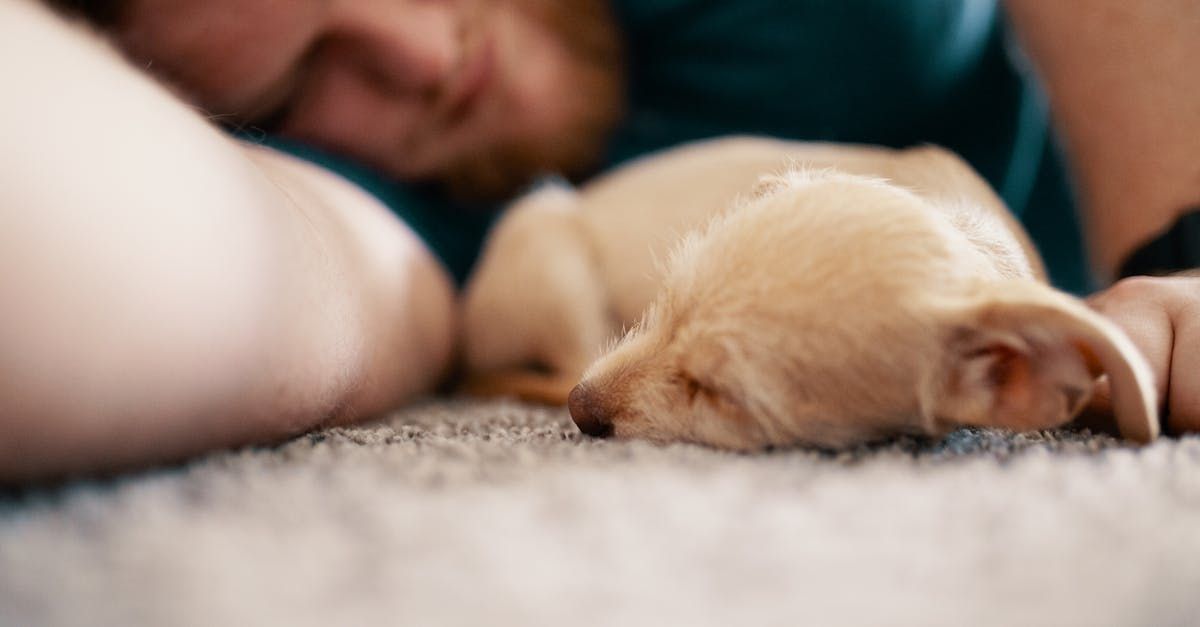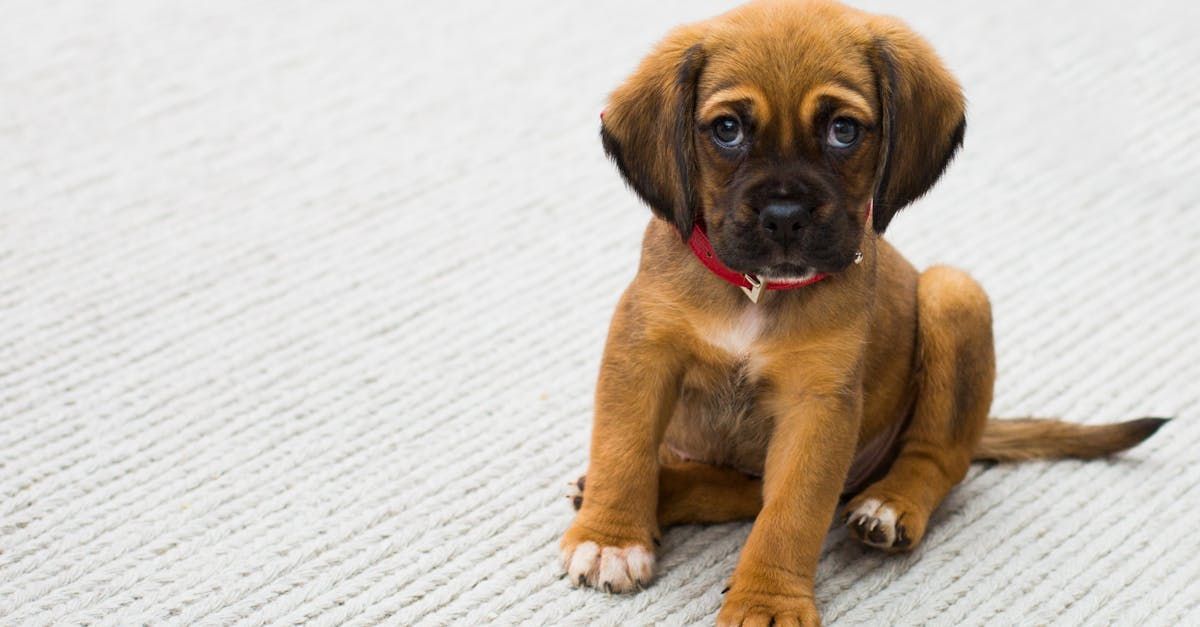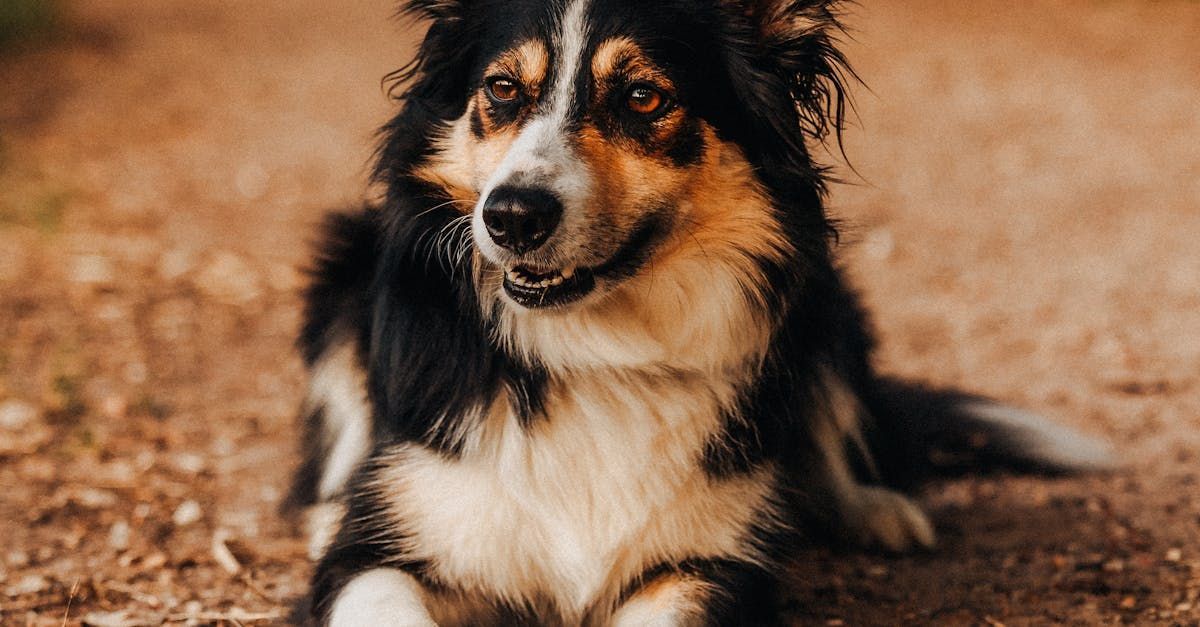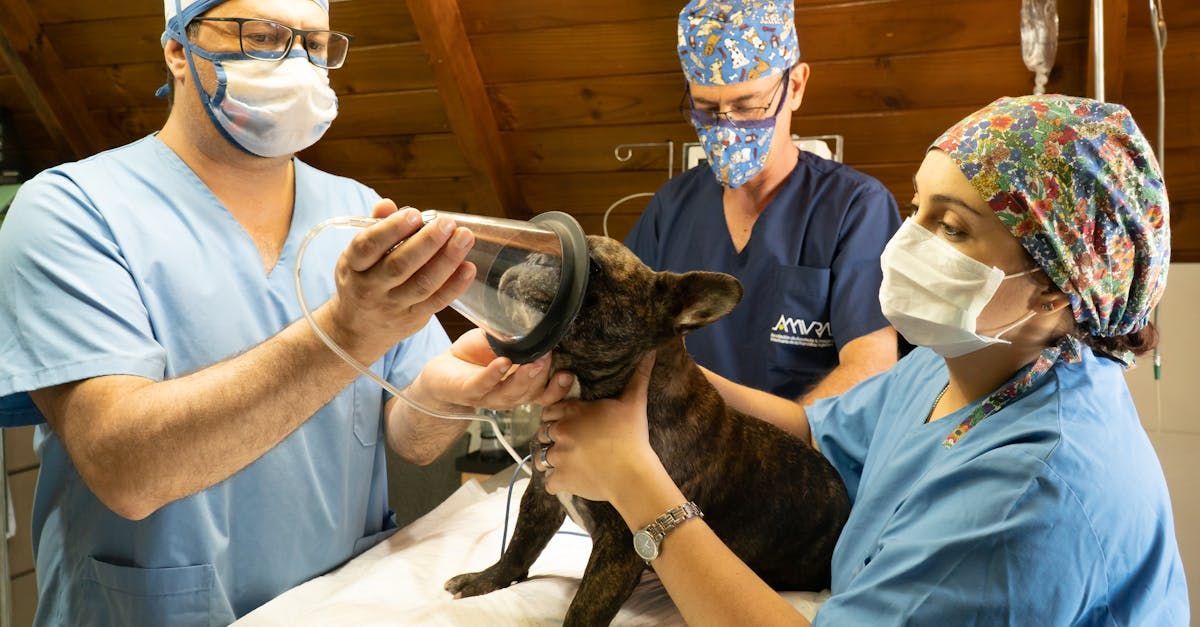How to Stop Your Puppy from Chewing on Furniture
Practical Tips and Techniques
Chewing is a natural behavior for puppies, but when it involves your furniture, it can be frustrating and costly. Understanding why puppies chew and implementing effective strategies to redirect this behavior is crucial for maintaining a harmonious home environment. In this blog post, we'll explore practical tips and techniques to help you discourage your puppy from chewing on furniture and redirect their attention to appropriate alternatives.
Understanding Why Puppies Chew
1. Teething: Puppies explore the world with their mouths, especially during teething (typically between 3 and 6 months of age). Chewing helps relieve discomfort as new teeth come in.
2. Exploration and Play: Chewing is a natural way for puppies to explore their environment and engage in playful behavior.
3. Boredom or Anxiety: Puppies may chew out of boredom, anxiety, or as a way to alleviate excess energy.
Tips to Stop Your Puppy from Chewing on Furniture
1. Provide Appropriate Chew Toys:
- Variety of Textures: Offer a variety of chew toys made from different materials (e.g., rubber, nylon, plush) to find what your puppy prefers.
- Interactive Toys: Toys that dispense treats or require mental effort (e.g., puzzle toys) can keep your puppy engaged and mentally stimulated.
2. Puppy-Proof Your Home:
- Limit Access: Use baby gates or close doors to restrict access to rooms with furniture until your puppy learns appropriate chewing habits.
- Remove Temptations: Keep shoes, cords, and other tempting items out of reach or securely stored.
3. Supervise and Redirect:
- Close Supervision: Keep a close eye on your puppy, especially when they're out of their crate or designated area.
- Immediate Redirect: If you catch your puppy chewing on furniture, calmly redirect them to an appropriate chew toy. Offer praise and a treat when they switch their focus.
4. Use Bitter Spray or Deterrents:
- Bitter Apple Spray: Apply a safe and non-toxic bitter spray to furniture legs or other chewable surfaces to deter chewing. Reapply as needed.
- Deterrents: Some pet stores offer deterrent sprays that can help discourage chewing.
5. Encourage Positive Reinforcement:
- Reward Good Behavior: Whenever you catch your puppy chewing on appropriate toys or ignoring furniture, praise them enthusiastically and offer a small treat. Positive reinforcement reinforces desired behaviors.
6. Exercise and Mental Stimulation:
- Regular Exercise: Ensure your puppy gets enough physical activity through walks, play sessions, and interactive games. A tired puppy is less likely to engage in destructive chewing out of boredom.
- Training and Enrichment: Engage your puppy in training sessions and provide mental stimulation through obedience exercises, scent games, and learning new tricks.
7. Consider Crate Training:
- Safe Space: Use a crate as a safe space for your puppy when unsupervised. A properly sized crate can prevent them from accessing furniture and teach them to settle down when needed.
Common Challenges and Solutions
1. Consistency: Consistency is key to breaking the habit of chewing on furniture. Enforce rules consistently and avoid confusing your puppy with mixed messages.
2. Patience and Understanding: Remember, chewing is a normal puppy behavior. Be patient and understanding as your puppy learns appropriate chewing habits.
3. Seek Professional Advice: If your puppy's chewing behavior persists despite your efforts, consult a veterinarian or professional dog trainer for additional guidance and support.
Conclusion
Stopping your puppy from chewing on furniture requires patience, consistency, and proactive management. By providing appropriate chew toys, puppy-proofing your home, supervising closely, using deterrents when necessary, and encouraging positive reinforcement, you can redirect your puppy's chewing behavior to more suitable alternatives.
Enjoy the journey of teaching your puppy appropriate chewing habits and creating a safe, harmonious environment where both you and your furry companion can thrive.




